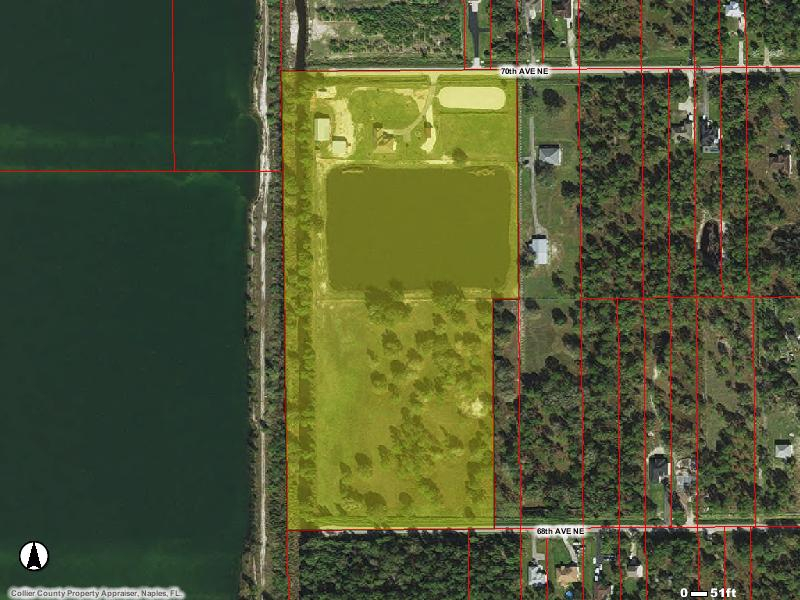Jawaharlal Nehru University (JNU) has retained its second position among universities in the NIRF rankings, with Vice Chancellor Santishree D Pandit saying the university has the “best” faculty members as well as students.
The JNU is ranked 10th in the overall category in the Ministry of Education’s National Institutional Ranking Framework (NIRF) 2023. The rankings were announced by Union Minister of State for Education Rajkumar Ranjan Singh on Monday.
“JNU has the best faculty members and students. People from all over the country come to the university. It is a centre of excellence with empathy,” Pandit told PTI.
Talking about her focus areas, she said that they are focussing on filling up faculty positions in a mission mode and are working to improve infrastructure.
“Our buildings are old. Last month, we received a HEFA (Higher Education Financing Agency) loan of Rs 450 crore and we will improve our infrastructure. We do not have a good guest house,” she added.
Noting that the university has to strengthen its research, she said the Indian Institute of Science (IISc), which is adjudged the best university in the NIRF rankings, is solely a research-based institute.
“They do not have the challenges and problems that we face. Even in the overall category where we are ranked tenth, the top nine are single-subject institutes. They have got so much more funds than us. We have to work hard to generate funds. Even among central universities, we get less funds,” the VC rued.
The eighth edition of the NIRF observed that faculty with doctoral qualifications are mostly concentrated in the top 100 institutions.
Seven IITs — Madras, Bombay, Delhi, Kanpur, Kharagpur, Roorkee and Guwahati — figured in the top 10 in the overall rankings.
The ranking framework evaluates institutions on five broad generic groups of parameters of teaching, learning and resources, research and professional practice, graduation outcomes, outreach and inclusivity and perception.
Ranks are assigned based on the total sum of marks assigned for each of these five broad groups of parameters.
















